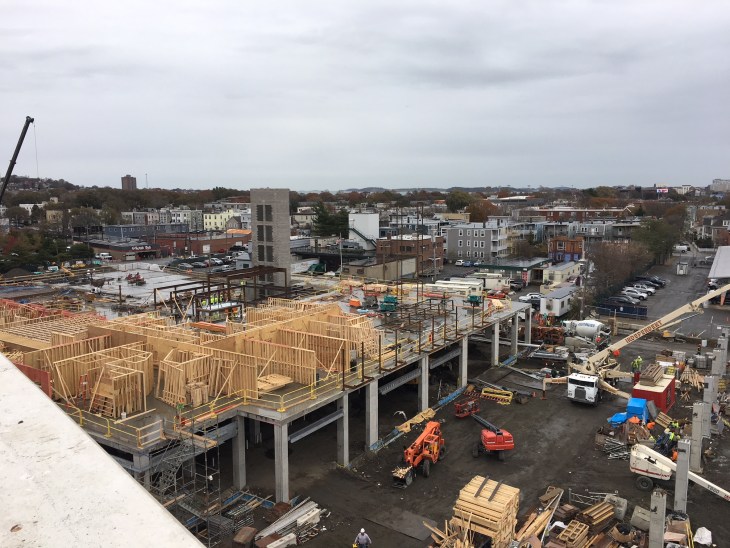Recently I had a conversation with a group of non-construction people about the construction field and the economy. I explained to them the old adage, “When there are a lot of cranes in the city the economy is doing well.”

As an inspector one gets to see all aspects of the industry from conceptual and financial to the actual construction of the building or structure. The scale of many projects is awe-inspiring, and, as many people in the industry are, I am proud to see a finished project move from concept to plans review to occupancy.
Inspectors even get to see the financial aspect of construction: who’s pulling permits, in what areas of what towns, the types of projects and how much they will cost the owners/developers.
Project values, both commercial and residential, can be staggering. I described to this group of non-construction professionals the scope of a particular single family home, which had a 30,000 square foot floor plan and $9 million building cost. One woman in the group somewhat bitterly said, “This is exactly what is wrong with our country.” I thought for a moment. Should I not be explaining how well the economy is doing and describing the fruit of a booming economy? Is what I am doing really negative? I repeated the woman’s words to myself, “This is exactly what’s wrong with our country,” and thought about what I see on the job each day.
I see things this woman obviously didn’t consider. Yes, that project was a large house, and it did cost a lot of money that could have been used in many other ways. However, as a person who lived most of my youth in public housing, I am now responsible for the review and approval of this mansion, and I am not bitter. Instead I experience the opposite reaction.

A construction site is a large network of craftsmen and employees who support the work both on site and offsite. Consider the excavator clearing the site and excavating for the foundation, the form guy setting forms for the foundation, the concrete delivery person, the laborers cleaning the forms, the framers and the delivery person bringing the lumber. Somebody had to take that lumber order and someone else had to load that lumber at the yard.
While people outside the construction industry may see only the electrician and the plumber, maybe their delivery people, I think about their supply houses and the people who work there. There are the drywallers and the masons, the finish carpenters and the audio installers, the cleaners and the landscapers. There were immigrants and locals, people with families and recent college grads. Each trade needs supplies and support. Each person working makes a salary and in turn buys food, clothing, necessities, and likely some luxuries.
In similar projects to one of this scope I’ve seen single parents, and people getting back on their feet after being in the clutches of addiction. These types of jobs in the trades are their gateway to success because not everyone is able to be a member of or is cut out for the trade unions. For the most part, each trade has a great sense of pride when a project is complete. Even inspectors and municipalities benefit. Permit and inspection fees support local schools and programs, to say nothing of the employment opportunities they provide.
So when someone feels the need to tell me what a waste of money these large home are and that, “This is exactly what’s wrong with our country,” I’ll think to myself, yup, when a lot people are working and making money, supporting families and infusing money into our economy, I guess that’s not a good thing. My vocal response will just be “When there are cranes in city our economy is doing well.”
👍🏻 Well said.